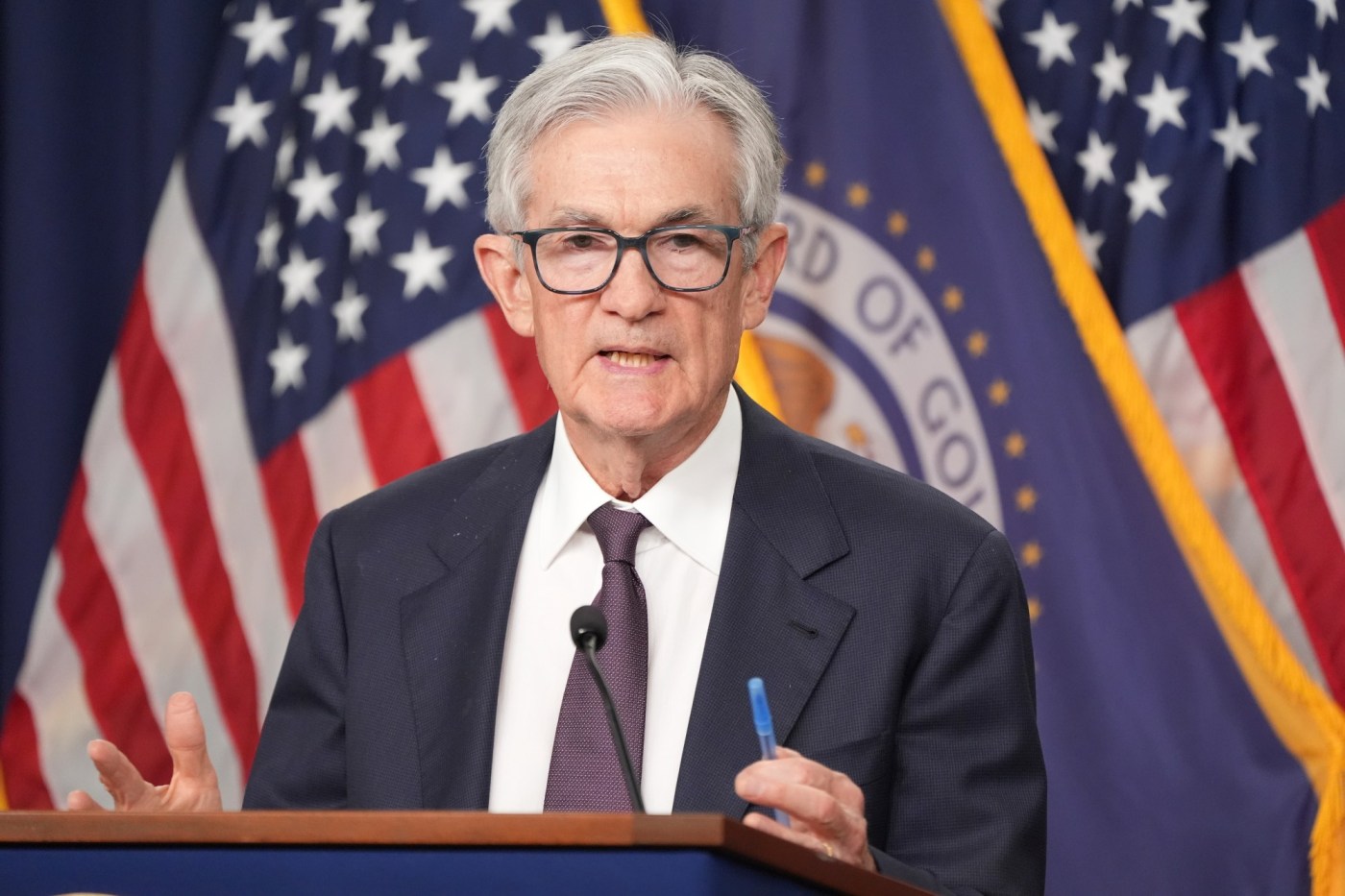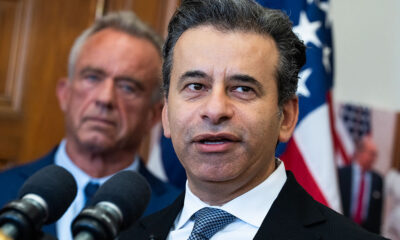World
Federal Reserve Poised for Rate Cut Amid Economic Data Blackout

The Federal Reserve is set to implement a rate cut during its meeting on October 4, 2023, despite a lack of government economic data due to a government shutdown. Analysts widely anticipate a reduction of 0.25%, which would adjust the central bank’s benchmark rate to a range of 3.75% to 4%. This move aims to prevent a spike in unemployment as the Fed navigates the complex balance between maintaining stable prices and maximizing employment.
During a recent speech, Federal Reserve Chair Jerome Powell highlighted the increasing risks to employment, stating, “Rising downside risks to employment have shifted our assessment of the balance of risks.” Powell emphasized that there is “no risk-free path for policy” as the Fed addresses the competing pressures of inflation and job stability.
The impending decision follows the release of a limited inflation report, the first since the shutdown began, which indicated a 3% rise in inflation for September year-over-year—the fastest rate since January. While this figure remains above the Fed’s target of 2%, it was milder than many economists had projected, allowing the Fed to focus more on labor market concerns.
According to Nancy Vanden Houten, lead U.S. economist at Oxford Economics, the absence of substantial government data limits the Fed’s ability to assess labor market risks adequately. The situation complicates decision-making, as officials rely on private data sources, including the ADP employment report, to gauge economic conditions.
The repercussions of tariffs imposed during the previous administration have not led to the anticipated inflationary pressures, leading many Fed officials to believe that any price increases will be temporary rather than systemic. This sentiment has influenced the Fed’s prioritization of employment stability over inflation control.
Despite the current inflation figures, markets have already factored in a rate cut, with expectations leaning towards another reduction at the conclusion of the December meeting. The CME FedWatch tool indicates that investors predict a further quarter-point cut, though forecasting becomes increasingly challenging without timely economic data.
As the government shutdown continues into its second month, key employment reports remain unavailable, complicating the Fed’s ability to assess the economic landscape. While the unemployment rate remains historically low, Fed officials are vigilant for signs of rising layoffs and a slowdown in job creation.
In the absence of government statistics, the Fed faces a daunting task in navigating its policy path. Analysts warn that as the shutdown persists, the difficulty in forecasting economic conditions will increase, particularly leading up to the December meeting and the anticipated release of a new Summary of Economic Projections.
As the financial world awaits the Fed’s decision on October 4, the implications of these economic policies will resonate widely, shaping the trajectory of the U.S. economy and influencing global markets.
-

 Science2 weeks ago
Science2 weeks agoResearchers Challenge 200-Year-Old Physics Principle with Atomic Engines
-

 Politics1 week ago
Politics1 week agoNHP Foundation Secures Land for 158 Affordable Apartments in Denver
-

 World3 days ago
World3 days agoBoeing’s Aircraft Production: Assessing Numbers and Challenges
-

 Health2 weeks ago
Health2 weeks agoNeuroscientist Advocates for Flag Football Until Age 14
-

 Lifestyle2 weeks ago
Lifestyle2 weeks agoLongtime Friends Face Heartbreak After Loss and Isolation
-

 World2 weeks ago
World2 weeks agoGlobal Military Spending: Air Forces Ranked by Budget and Capability
-

 Top Stories3 days ago
Top Stories3 days agoUrgent Search for Suspect Who Exposed Himself to Teen Girl
-

 Lifestyle2 days ago
Lifestyle2 days agoRed Bluff High School’s Elli Nolan Named Rotary Student of the Month
-

 Politics2 weeks ago
Politics2 weeks agoIsraeli Air Strikes in Lebanon Kill One, Wound Seven Amid Tensions
-

 Health1 week ago
Health1 week agoFDA Launches Fast-Track Review for Nine Innovative Therapies
-

 Business2 weeks ago
Business2 weeks agoMaine Housing Inventory Surges to Post-Pandemic High
-

 Business2 weeks ago
Business2 weeks agoSpirit Airlines Cuts Workforce with Furloughs for 365 Pilots









